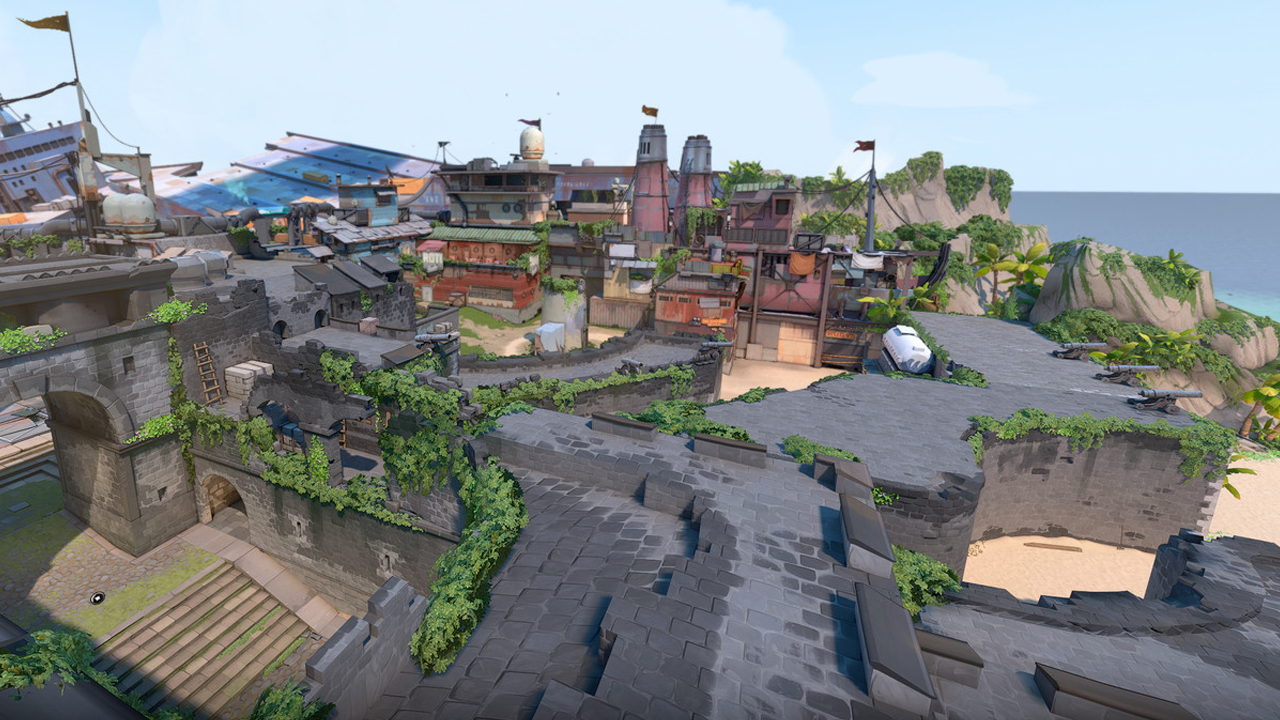This loss of radio silence coincided with a audible loss of silence. In 2000, the director of the US National Park Service passed an ordinance on “Soundscape Preservation and Noise Management” which called on parks to document and work to preserve natural sounds. The directive expired in 2004. Three years later, when the iPhone debuted, Science reported that human-made noise pollution was “ubiquitous” in US protected areas. Acoustic ecologist Gordon Hempton believes there are a dozen places left in the United States where a person cannot hear any artificial sound for 15 minutes. More than annoying, such noise has been shown to increase the risk of heart attack, stroke, diabetes, and even cancer. The concomitant increase in radio noise has also had fatal effects, with heavy smartphone use linked to depression, anxiety, sleep deprivation, teenage suicides and, unsurprisingly, traffic accidents.
Wouldn’t there be less car accidents and fatalities if it was not possible to drive and text at the same time? Wouldn’t we all sleep better if we lived in a place without constant connectivity? Wouldn’t our lives be richer and our communities stronger if we weren’t always online? What if all of these benefits of a less digitized life were true, wouldn’t Green Bank and the surrounding Quiet Zone be some kind of utopia?
These questions took me to the Appalachians, over snow-capped mountain passes and steep switchbacks, into the rugged backcountry of Daniel Boone and Stonewall Jackson, into the heart of the National Radio Quiet Zone, in search of a alternative to our tech obsessed phone. addicted, distracted, doomscrolling society. When I first arrived in 2017, the observatory received around 30 media visitors a year, with a steady stream of articles posted about the so-called quietest city in America. On busy days, three film crews gathered atop the Robert C. Byrd Green Bank telescope, all competing for footage of the thing most threatened: silence.
After my first visiting Green Bank with Jenna, I went back a dozen times over the next three years for a series of extended stays, coming so often that people asked me if I had moved there permanently . I joined a book club, helped build a house, searched for ramps, and did target shooting with a 7 year old. I attended a small country church where the wall “Register of Presence and Offering” was never updated; he always said there were 11 participants and $ 79 in tithes, contributing to the feeling that time had stood still, of being dragged into a calmer dimension.
It was also a place of contradictions. Shortly after my patrol with Chuck Niday, CNN medical reporter Sanjay Gupta visited Green Bank for an episode of Vital signs. “National Radio Quiet Zone,” Gupta told the camera, “that means there is no cell service, there is no Wi-Fi, there is no radio. C ‘is just very calm. On her heels, Katie Couric visited for a National Geographic series. “Green Bank is a city where technology is almost completely off-limits,” she said in a brilliant voiceover during the the series aired, later stating, “The people here seem happy to follow the law of the land.”
Even the most senior government officials have fueled the silent hype. “Anyone within a 20 mile radius of the facility may not have any device that emits a noticeably high amount of electromagnetic radiation,” Senator Joe Manchin would write in a 2018 editorial. “This includes WiFi routers, cell phones and even microwaves. Yet these West Virginia devotees sacrificed all that luxury for the advancement of science. “
Teresa Mullen rolled her eyes at such language. The Green Bank resident and high school teacher had a microwave. She had a smartphone. She had Wi-Fi. She knew where to get a cell phone signal. “It’s not like we live a bohemian lifestyle,” she told me. It was hardly a secret. A house opposite the observatory had a Wi-Fi connection with the network name “Screw you NRAO”, a middle finger without subtlety for calls for silence from the observatory. The Green Bank health clinic had Wi-Fi. So did the senior center. “We’re not supposed to do it,” said John Simmons, county senior program director and former county commissioner, “but I think this whole noise level thing is fabricated.”
[ad_2]
Source Link







